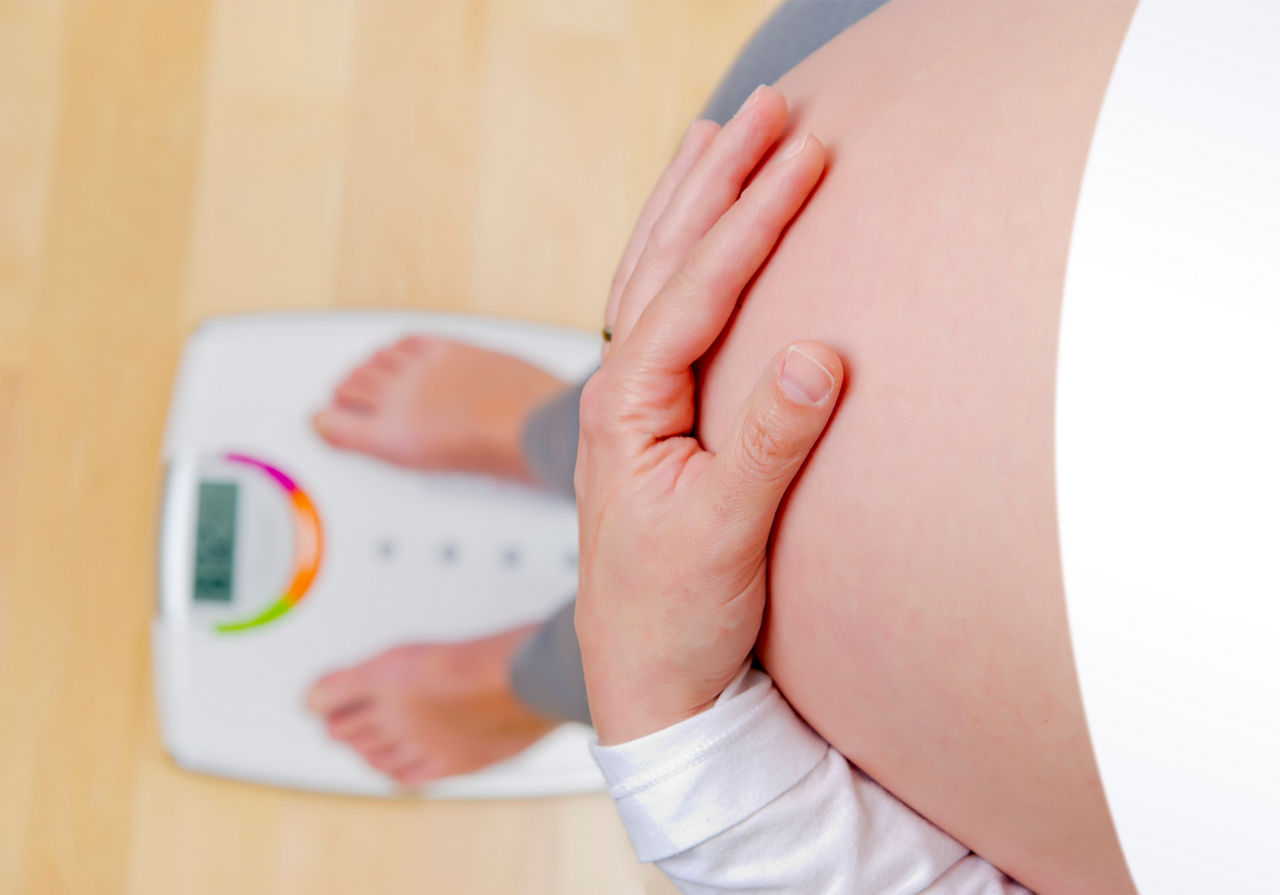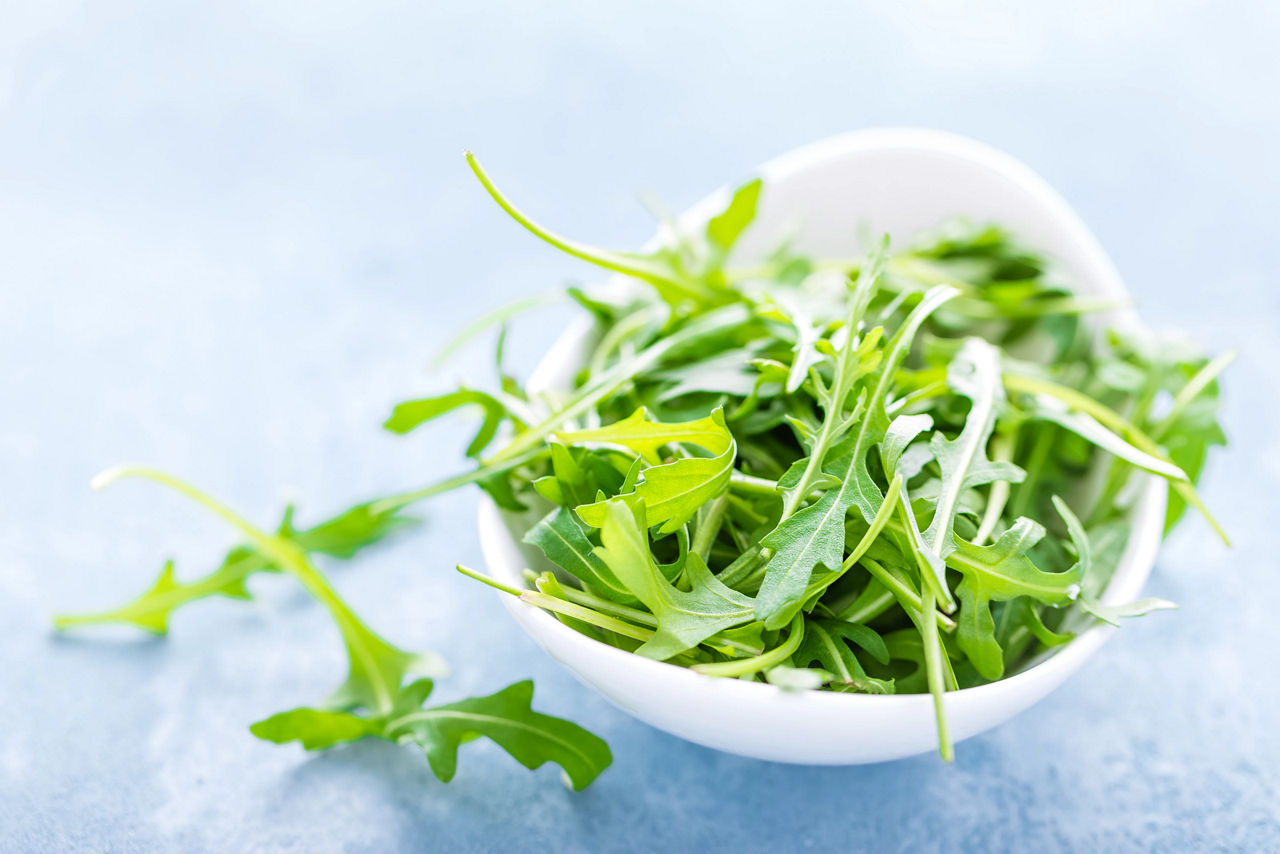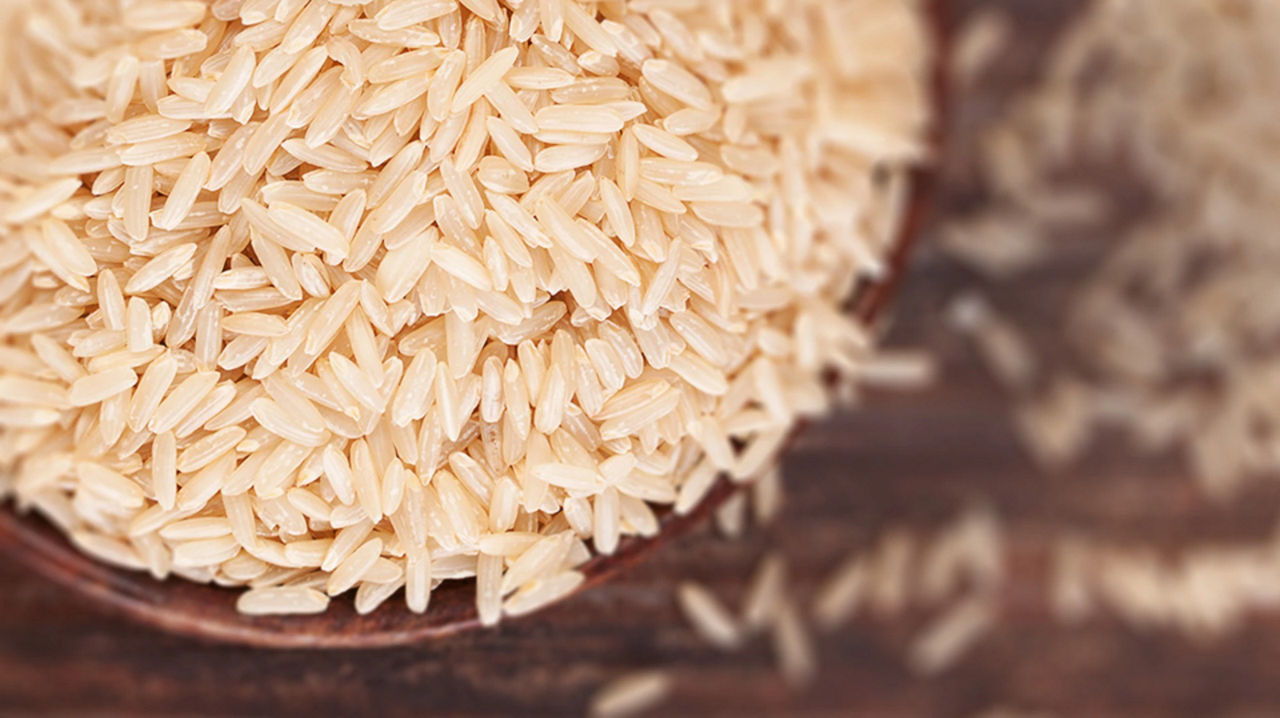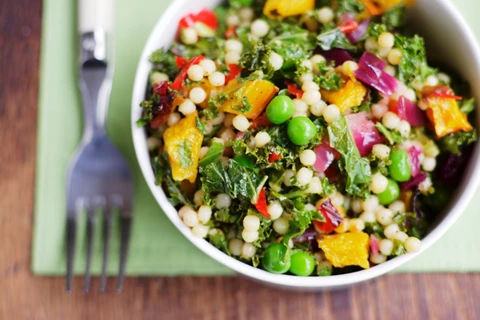26 Weeks pregnant
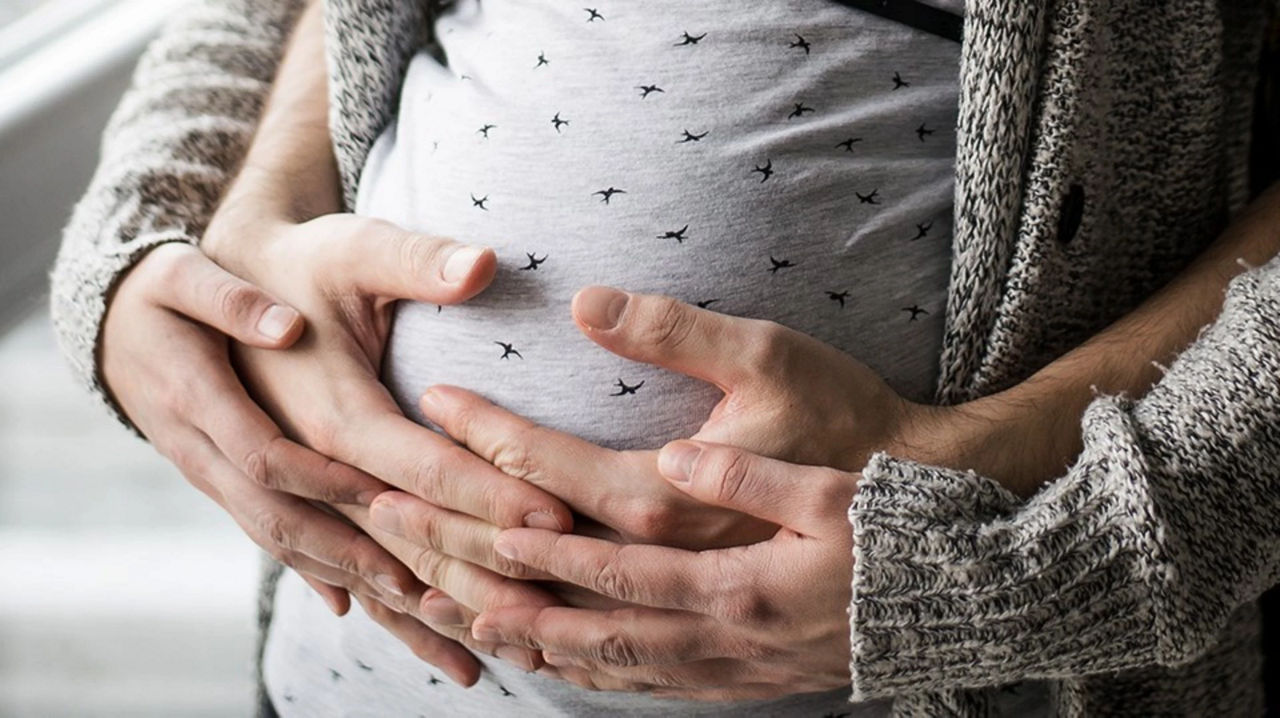
Explore pregnancy stages week by week
26 weeks pregnant is how many months?
Month 9 (Trimester 2)
At 26 weeks pregnant, you’re almost at the end of your second trimester, and well over halfway through your pregnancy. With your baby growing steadily, you may now have a noticeable baby bump.
You might be giving some thought to how and where you’d like to give birth, including your options for pain relief. You may also have started to think about what to pack in your hospital bag, and getting ready to attend your antenatal classes if this is something you’ve decided to do.
If you’re feeling more tired as your baby develops, try to listen to your body and don’t overdo it. Whilst it’s important to remain active and take regular exercise, pregnancy symptoms such as leg cramps, backache and heartburn can really take it out of you, so it’s important to rest when you need to. If you’re struggling to manage any of your pregnancy symptoms, always seek medical advice from your doctor or midwife to get the support you need.
Here we’ll look at your baby’s position and movement at 26 weeks pregnant, what to expect from Braxton Hicks contractions, and the importance of good fats for a healthy pregnancy diet.
Your baby’s development at 26 weeks pregnant
There are some exciting developments at 26 weeks pregnant, including the fact that the lids covering your baby’s eyes are starting to open for the first time. Very soon, they’ll be starting to blink1. The colour of your baby’s eyes is completely dependent on genetics, and it can keep changing throughout their childhood (sometimes even into adulthood). However, in most cases, the colour of your baby’s eyes will be pretty settled by the time they’re 3 years old1.
Your baby’s lungs aren’t fully developed yet, but every day they’re practising their breathing movements2.
How big is my baby at 26 weeks pregnant, and what do they look like?
At 26 weeks pregnant, your baby is around the size of a cucumber, measuring approximately 35.6 cm long1.
Your baby’s position at 26 weeks pregnant
Whilst some babies are born bottom or feet first (known as the breech position), most will have moved into the head down position as the time approaches for you to give birth3. At 26 weeks pregnant however, your baby still has plenty of room to move around, and there’s no need to worry if they’re not yet in the correct position for labour.
You might start to notice that you’re now feeling your baby kick in different positions, with some babies being more active during the night.
Does baby movement slow down at 26 weeks pregnant?
You’ll likely notice your baby’s movements more at 26 weeks pregnant as they become bigger and more active. There’s no set amount of movement that you’ll fee or how often you’ll feel it. Every baby is different, and it’s important to be familiar with your baby’s individual patterns. That way, you’ll be able to recognise when and if you need to seek medical advice.
Your baby’s movements won’t slow down at 26 weeks pregnant, and you should continue to feel your baby kick right up until you go into labour. If you notice that your baby isn’t moving as often as they usually do, this could be a sign that they’re unwell and require medical attention. You should always seek medical advice straight away if4:
- There’s a change to your baby’s usual pattern of movement
- You notice that your baby is moving less than usual
- You can’t feel your baby moving
Ultrasounds & scans at 26 weeks pregnant
At 26 weeks pregnant, you won’t be offered a routine scan, and you’ll have already been for your anomaly scan at 20 weeks. However, some women choose to pay to have a 3D or 4D scan, during which you’ll be able to see your baby in much closer detail.
26 Weeks Pregnant Symptoms
As you approach your final trimester, you may notice that your body is going through a lot of changes and that you’re experiencing a variety of symptoms. For example, you may be feeling more tired, and some women report a sense of ‘baby brain’ whereby they start to become more forgetful. However, there’s no evidence to suggest that this is a medical condition and may well be down to being tired and having a lot to think about in the run up to the birth of your baby1.
You might also notice more ankle swelling and headaches. Whilst both are normal symptoms of pregnancy, they can also be a sign of preeclampsia, a condition that requires medical treatment. You should always seek medical advice if you notice5:
- Swelling in your face, hands or feet
- Any problems with your vision
- Severe headaches and vomiting
From tiredness, constipation, leg cramps and heartburn, to backache and hot flushes, let’s take a look at some of the other symptoms you might become familiar with at 26 weeks pregnant.
Feelings of fatigue are very common during pregnancy. During your first trimester this is most likely due to pregnancy hormones. At 26 weeks pregnant, your growing bump and the extra weight that you’re carrying can make it difficult can make it hard to sleep6. Not to mention the fact that you may well be waking up in the night for a wee more frequently.
Medical advice from the NHS states that it’s best to try and avoid sleeping on your back from 28 weeks, and instead sleep on your left or right side. This is because of how it affects the flow of blood and oxygen to the placenta and your baby. Don’t worry if you wake up on your back, just roll over onto your side again before going back to sleep6.
If the tiredness becomes difficult to manage, talk to your doctor or midwife, as they’ll be able to tell you whether any tests are needed and whether your iron levels are low.
At 26 weeks pregnant, the hormonal changes happening throughout your body may mean that you’re suffering with constipation7. Drinking plenty of water and including plenty of fibre-packed foods in your diet (fruits, vegetables and wholemeal breads for example) can help to ease the symptoms of constipation, as can doing regular exercise if you have the energy and feel up to it7.
Leg cramps are very common in pregnancy, and often present as a sudden and sharp pain in your feet and/or calf muscles. For many women, leg cramps are worse at night7, and trying some of our top tips below could help with any discomfort7:
- Stretching and bending your feet vigorously and regularly
- When leg cramps happen, rub the muscles where it occurs
- Pulling your toes towards your ankles
- Rotate your feet in each direction up to 8 times
Progesterone, a pregnancy hormone, can result in heartburn (sometimes called acid reflux). As your baby grows bigger, they can put more pressure on your stomach, which can make any heartburn symptoms that you might have, worse8.
Symptoms of heartburn include8:
- Feeling or being sick
- A painful sensation or burning feeling in your chest area
- Bloating
- Bringing up food and burping
You should seek medical advice if the symptoms of your heartburn are causing you any discomfort, as they’ll be able to provide you with guidance around pregnancy-safe heartburn remedies.
A common pregnancy symptom, backache can happen at any point during your pregnancy. At 26 weeks pregnant, your baby is growing bigger, meaning that more pressure is being put on your lower back and your pelvis (9). In addition, pregnancy causes the ligaments in your body to naturally stretch and become softer in preparation for giving birth9.
To ease any discomfort of backache, try having a warm bath, get plenty of rest, and avoid wearing heeled shoes9. If your backache doesn’t ease, or is accompanied by any cramping and bleeding, always seek medical advice to ensure you’re not going into early labour.
During your pregnancy, you may feel warmer than usual and find yourself having flushes. This is because of the increased blood supply to your skin and the hormonal changes taking place in your body7.
To keep cool and keep warm flushes to a minimum, keep a fan nearby and keep your environment at a cool and comfortable temperature, wear light and loose clothing, and have frequent cool showers or washes7.
Braxton Hicks contractions at 26 weeks pregnant
Braxton Hicks, also known as ‘practice’ contractions, are something that many women experience in later pregnancy. Some women describe them as a kind of ‘tightening’ across the abdomen, and in the main, they don’t last long, are irregular and are not painful10. Always seek medical advice if you start to experience pain and/or bleeding or if the contractions start to become more regular.
Weight gain at 26 weeks pregnant
There’s no way to know how much weight you’ll gain during your pregnancy, as every woman, and every pregnancy, is different. As a general guide, most women gain anywhere between 10kg and 12.5kg (22–28lb) during their pregnancy. Most of this weight gain happens after week 20, and most of it is because of your growing baby11.
It’s important to eat a healthy and balanced diet during your pregnancy, as gaining too much weight can increase your blood pressure and lead to other complications such as gestational diabetes11. Gestational diabetes is more common in the later stages of your pregnancy and occurs when your body can’t produce the amount of insulin you need12. If you’re at risk of gestational diabetes, you’ll be offered a screening test at around 26 weeks pregnant and be monitored closely during the rest of your pregnancy12.
Your bump at 26 weeks pregnant
Every pregnancy and every pregnant tummy are different. Your age, previous pregnancies and births, height, build and fitness - these are all things that can affect the way your pregnant tummy looks and feels.
At 26 weeks pregnant, you may notice that you’ve developed stretch marks. Stretch marks are a very common pregnancy symptom, affecting around 8 of 10 women13. They happen because of your skin stretching as your baby grows and your uterus expands.
Stretch marks can be brown, pink or red in colour, but over time they tend to fade and become paler13. Stretch marks can feel itchy but rest assured that they’re not harmful to either you or your baby.
Will my bump drop at 26 weeks pregnant?
When your bump ‘drops’, this means that it may look lower as your baby’s head moves down into your pelvis and is said to be ‘engaged’ ready for birth14. It’s unusual for your this to happen at 26 weeks pregnant and is more common as you come towards the end of your pregnancy.
If you notice that your bump does look and feel lower, it may be that your baby has just found a comfortable position to be in. However, seeking medical advice from your doctor or midwife will help to put your mind at rest. You should also seek medical advice if your bump has dropped and you’re experiencing abdominal cramps, bleeding or unusual vaginal discharge.
Protein in pregnancy
Reviewed by Bahee van de Bor
Getting enough protein in pregnancy is vital for the health of you and your baby, and it’s important to include a variety of protein-rich foods as part of a healthy pregnancy diet.
Protein in pregnancy supports your baby’s development by15:
- Growing and repairing new and damaged tissues
- Making antibodies for their immune system
- Making hormones and enzymes
- Supporting muscle function
- Transporting oxygen through their blood
Other benefits of protein in pregnancy include a lower risk of pre-eclampsia and premature birth, and a higher likelihood of a healthy birth weight16. This is important, as healthy birth weight has been shown to reduce the risk of type-2 diabetes and heart disease in later life17.
Your protein requirements increase in pregnancy by 6g per day18. That’s either one egg, a handful of nuts, a glass of milk, or a tablespoon of peanut butter19. However, as we tend to eat plenty of protein as part of our everyday diet, such as meat, fish, eggs and dairy, it’s unlikely that you’ll need to adjust your intake. If you’ve chosen to avoid animal products (which are the richest source of protein), you’ll be able to get many of the essential amino acids you need by eating a variety of pulses, beans, seeds and nuts18.
26 weeks pregnant: next steps
At 26 weeks pregnant, it’s important to pay attention to what your body needs. If you’re working, make sure that your workstation is set up to accommodate your changing needs, with the right desk height and comfortable sitting position, as well as the correct temperature.
Your diet is also important at this stage in your pregnancy, as your body needs more energy to meet the demands of your growing baby. Be sure to eat a diet that’s rich in iron and other essential vitamins and minerals, as doing so will help with your energy levels and help to prevent medical complications such as gestational diabetes. Ask your midwife or doctor if you feel that you need any extra support or guidance here.
Other things you might be thinking about at 26 weeks pregnant are:
- Packing your hospital bag - you can download our handy checklist here
- Arranging antenatal classes - if this is something you’d like to do but haven’t yet organised, now is the time to start looking for the one that’s right for you. Your midwife will have more information about what’s available in your area
- Continue with your pelvic floor exercises
related articles
Read More

Need some help?
You can get quick answers to common questions in our FAQs.
Alternatively, if you need help with general pregnancy or baby advice, or maybe on using or ordering our products - our expert team are always on hand to talk about feeding your baby.
NHS Start for Life. Pregnancy week 26 [online]. Available at https://www.nhs.uk/start-for-life/pregnancy/week-by-week-guide-to-pregnancy/2nd-trimester/week-26/. [Accessed January 2024]
NHS Inform. How your baby develops week to week [online] 2023. Available at https://www.nhsinform.scot/ready-steady-baby/pregnancy/your-baby-s-development/how-your-baby-develops-week-to-week/#week-25-to-32. [Accessed January 2024]
NHS 111 Wales. Pregnancy Guide [online] 2023. Available at https://111.wales.nhs.uk/livewell/pregnancy/testsscanschecksbabypositions/. [Accessed January 2024]
NHS. Your baby's movements [online] 2021. Available at https://www.nhs.uk/pregnancy/keeping-well/your-babys-movements/. [Accessed January 2024]
NHS. Pre-eclampsia [online] 2021. Available at https://www.nhs.uk/conditions/pre-eclampsia/. [Accessed January 2024]
NHS. Tiredness and sleep problems [online]2021. Available at https://www.nhs.uk/pregnancy/related-conditions/common-symptoms/tiredness/. [Accessed January 2024]
NHS. Common health problems in pregnancy [online] 2021. Available at https://www.nhs.uk/pregnancy/related-conditions/common-symptoms/common-health-problems/. [Accessed January 2024]
NHS. Indigestion and heartburn in pregnancy [online] 2021. Available at https://www.nhs.uk/pregnancy/related-conditions/common-symptoms/indigestion-and-heartburn/. [Accessed January 2024]
NHS. Back pain in pregnancy [online] 2024. Available at https://www.nhs.uk/pregnancy/related-conditions/common-symptoms/back-pain/. [Accessed January 2024]
NHS Leeds Teaching Hospitals. FAQ for pregnancy [online]. Available at https://www.leedsth.nhs.uk/a-z-of-services/leeds-maternity-care/frequently-asked-questions/faq-for-pregnancy/. [Accessed January 2024]
NHS. Weight gain in pregnancy [online] 2020. Available at https://www.nhs.uk/pregnancy/related-conditions/common-symptoms/weight-gain// [Accessed January 2024]
NHS. Gestational diabetes [online] 2022. Available at https://www.nhs.uk/conditions/gestational-diabetes/. [Accessed January 2024]
NHS. Stretch marks in pregnancy [online] 2022. Available at https://www.nhs.uk/pregnancy/related-conditions/common-symptoms/stretch-marks/. [Accessed January 2024]
NHS. Start for Life. Pregnancy 37 weeks [online]. Available at https://www.nhs.uk/start-for-life/pregnancy/week-by-week-guide-to-pregnancy/3rd-trimester/week-37. [Accessed January 2024]
Borazjani F, Angali KA, Kulkarni SS. Milk and protein intake by pregnant women affects growth of foetus. J Health Popul Nutr. 2013 Dec;31(4):435-45. doi: 10.3329/jhpn.v31i4.19991. PMID: 24592584; PMCID: PMC3905637
Herring CM, Bazer FW, Johnson GA, Wu G. Impacts of maternal dietary protein intake on fetal survival, growth, and development. Exp Biol Med (Maywood). 2018 Mar;243(6):525-533. doi: 10.1177/1535370218758275. Epub 2018 Feb 22. PMID: 29466875; PMCID: PMC5882021
Institute of Medicine (US) Committee on Improving Birth Outcomes; Bale JR, Stoll BJ, Lucas AO, editors. Improving Birth Outcomes: Meeting the Challenge in the Developing World. Washington (DC): National Academies Press (US); 2003. 6, The Problem of Low Birth Weight. Available from: https://www.ncbi.nlm.nih.gov/books/NBK222095/
British Nutrition Foundation. Protein [online]. Available at https://www.nutrition.org.uk/healthy-sustainable-diets/protein/ [Accessed March 2024]
McCance, R. A., & Widdowson, E. M. The Composition of Foods. 2021. Available at https://assets.publishing.service.gov.uk/media/60538e66d3bf7f03249bac58/McCance_and_Widdowsons_Composition_of_Foods_integrated_dataset_2021.pdf
BDA. Omega-3 [online] 2021. Available at https://www.bda.uk.com/resource/omega-3.html. [Accessed January 2024]
NHS. Fish and shellfish [online] 2022. Available at https://www.nhs.uk/live-well/eat-well/food-types/fish-and-shellfish-nutrition/. [Accessed January 2024]
Last reviewed: January 2024


